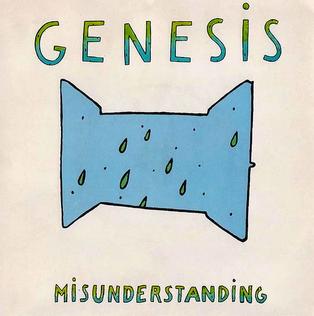 | FunkytownLipps Inc. |
Writer(s): Steven Greenberg (see lyrics here) First Charted: March 22, 1980 Peak: 14 US, 15 CB, 14 HR, 7 RR, 2 RB, 2 UK, 11 CN, 12 AU, 1 DF (Click for codes to singles charts.) Sales (in millions): 3.0 US, 0.25 UK, 8.0 world (includes US + UK) Airplay/Streaming (in millions): -- radio, 73.6 video, 297.58 streaming |
Awards:Click on award for more details. |
About the Song:Lipps Inc. was the brainchild of Steve Greenberg, a part-time record producer and DJ for parties and weddings. He wrote, produced, and performed all the instruments except bass on the song “Rock It,” which topped the chart at a local Minneapolis radio station. FB He eventually assembled a seven-piece, multi-racial band which included Cynthia Johnson, who was Miss Black Minnesota 1976. The second single, “Funkytown,” from their debut album Mouth to Mouth featured Johnson singing “with a real gospel-trained verve that…elevates the track.” SG However, true to the pun of the group’s name, Debbie Jenner – a blonde British woman – was hired to served as the face of the group in West Germany and the Netherlands. SG She completely hams it up in the video with ridiculous dancing and lip-synching. SG Note: the woman featured in the video on this page isn’t Johnson either. WK Greenberg wrote the song about being bored with Minneapolis and wanting to move to New York, which he called “Funkytown.” While he may have lamented what he perceived as his town’s lack of funkiness, it arguably became known as “the funkiest town on earth” SG thanks to it being Prince’s hometown. “The song might have a backstory about dissatisfaction and wanderlust, but you can’t hear any of that in the finished product.” SG It was significant as a bridge “connecting the dying embers of disco” SG to the “coming synthpop explosion o the ‘80s.” SG It “adapts Giorgio Moroder’s gleaming, synthetic Euro-disco sound, transforming it into something beautifully dinky and amateurish.” SG In 1986, the pop group Pseudo Echo recorded the song, taking it to #1 in their native Australia. It was also a top-10 hit in the United States and United Kingdom. Resources:
First posted 11/29/2021; last updated 10/22/2022. |










